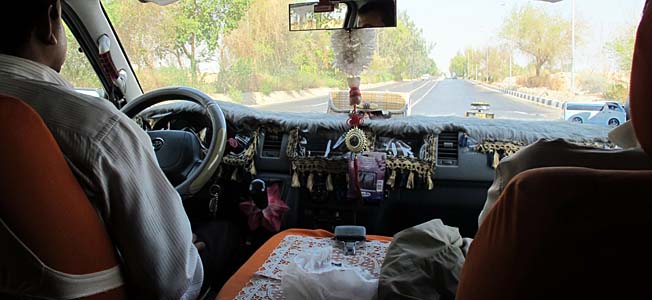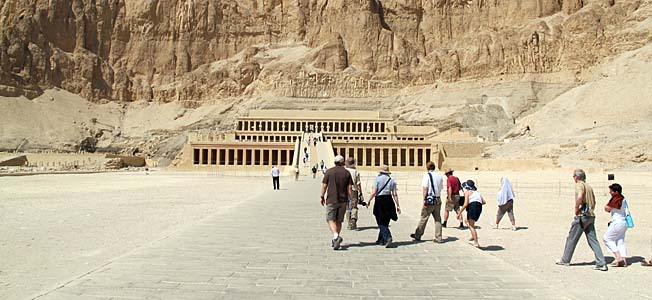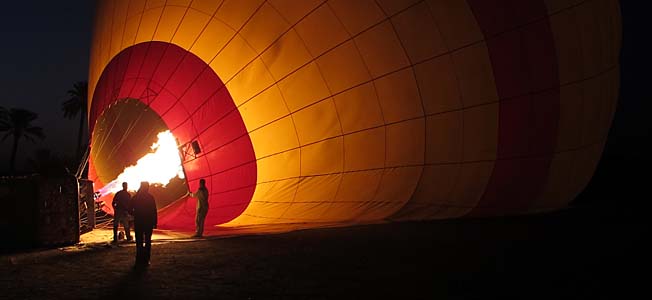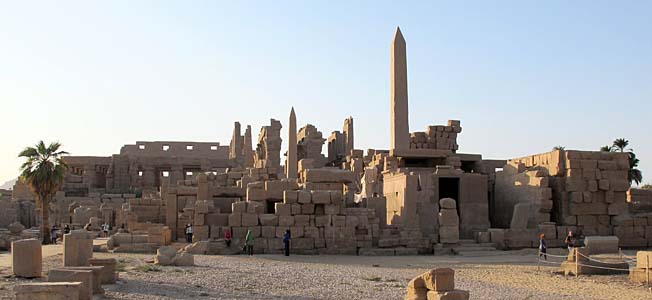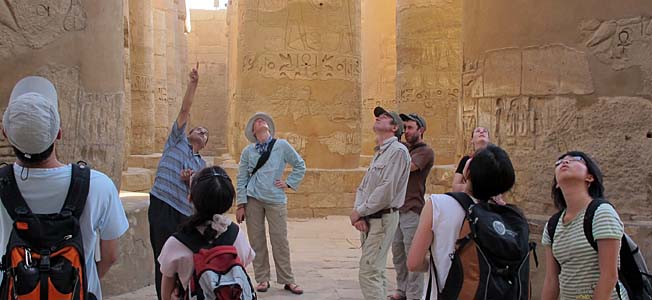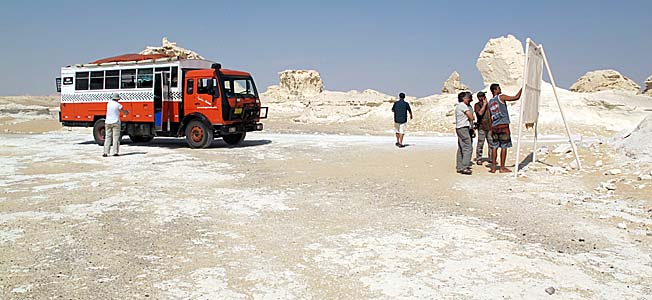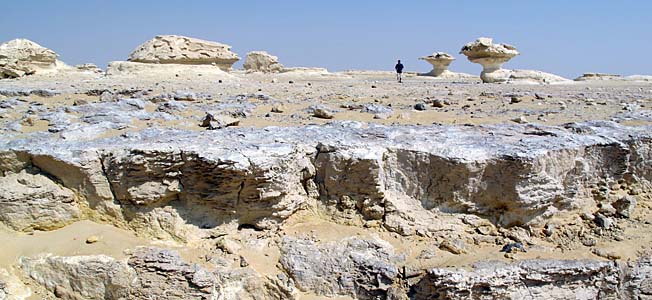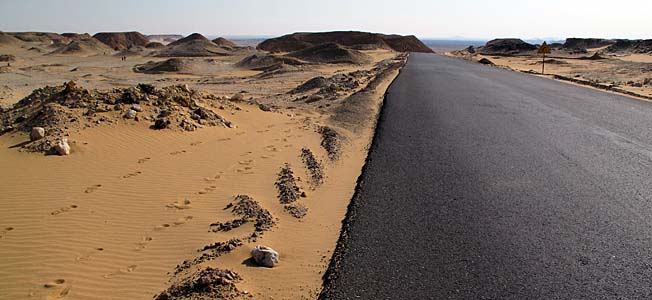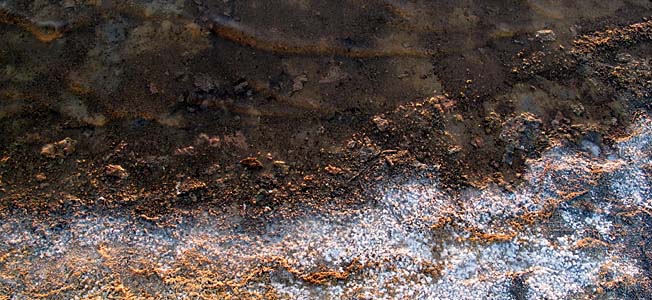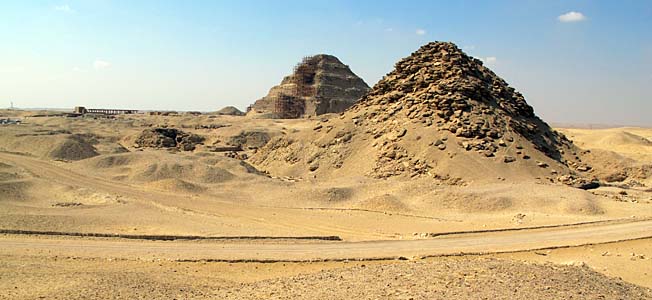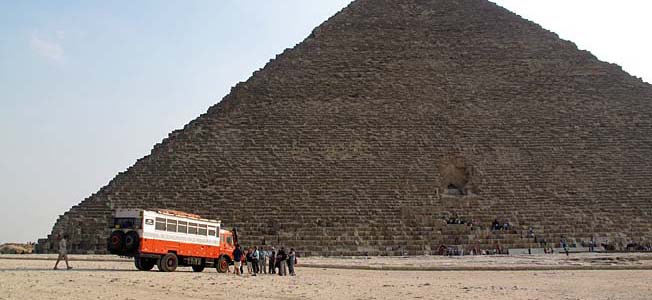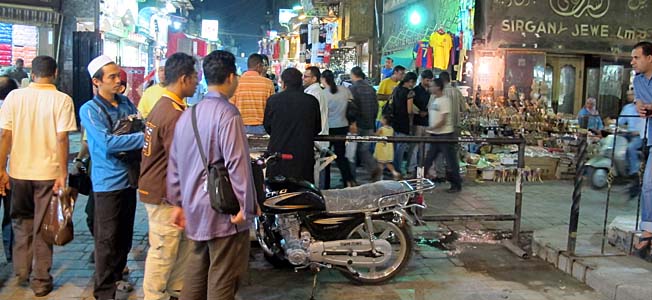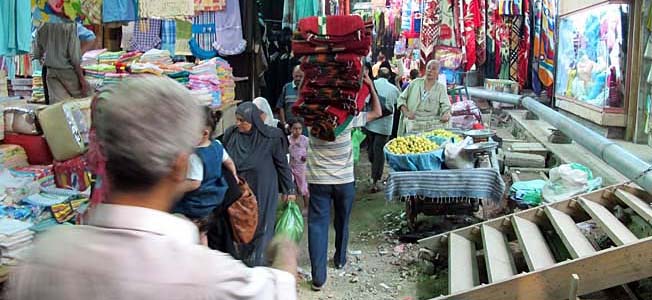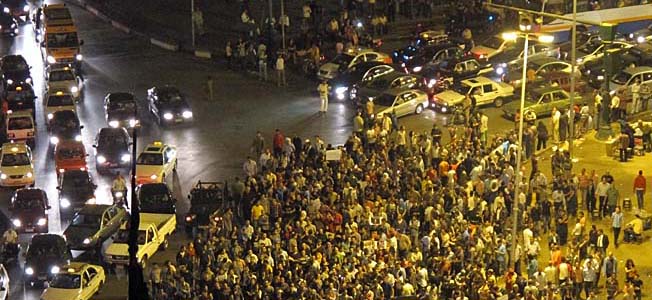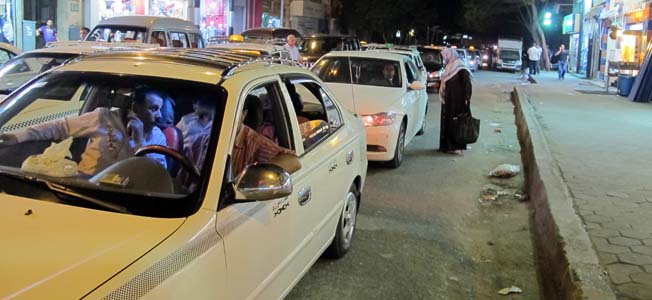Aswan and Hard Drive Deletion
This morning we drove four hours from Luxor to Aswan. It’s a nice little city next to the Lake Nasser formed by the Aswan High Dam. We stayed in the Philae Hotel which is above the standard of the hostels we usually stay in so we really much enjoyed a little “luxury”.
I went with a few other people for lunch just after arrival. When I returned I found my computer in a hard drive formatting mode and was totally shocked. One of my fellow travellers, I’m sharing a room with, touched my computer and by accident pressed the button which formats the whole hard drive. I’m travelling with a Sony Vario YB2M1E/S and the largest button right next to the keyboard is not the button to switch the notebook on or off but a button called “Assist” which launches a program called Vario Care. And the first available option in Vario Care is to format the hard drive… In my eyes it’s a total failure that it’s so easy to format the hard disk of a notebook which was completely switched off without the need to enter any kind of password. My fellow traveller might have thought that the prominent “Assist” button switches the notebook on and by pressing it she accidentally initiated the formatting of the hard disk. Unfortunately I was not able to cancel the formatting and so all data and installed software was gone forever. I needed to start from the very beginning by re-installing Windows. Since the internet connection in the hotel is quite good, I managed to download and re-install major parts of my software packages during our 2.5 day stay. However, there are still a few remaining problems since for instance Adobe does only allow to download the latest software version but not any previous versions someone might have licensed and registered. I called the Adobe support in the US to request a download link to the software I have purchased this spring but they failed completely to provide it.
Aswan is also the location where most of people I’m travelling with apply for the Sudanese visa. Out of 12 people only four were able to successfully apply for the Sudanese visa either in their home country or during our stay in Cairo. Especially some of the Americans applied for the visa already in April and were not able to receive it until their departure in October. Two days ago Tom, one of our drivers, did already travel by public transport to Aswan to hand in all remaining applications for the Sudanese visa. Daniel, the other driver, was lending him a white shirt to be sufficiently dressed for the embassy visit. In addition to the visa application the Americans also needed a Letter of Authorization which costs an additional 150 USD besides the 100 USD visa fee in Aswan.
We also needed to prepare for the border crossing into Sudan by packing a limited amount of stuff we might need during the next five days. The only open border between Egypt and Sudan is going by ferry from Aswan (Egypt) to Wadi Halfa (Sudan). Both countries seem to try to limit the flow of people between the two countries since in addition to only one border crossing the ferry is only leaving once a week on Mondays. Our truck needed to go on a different boat so that we were asked to drive it to the other boat two days before the departure of the ferry. We might also need to wait for our truck to arrive in Wadi Halfa. Nobody seems to be in a hurry and Tom told us that his last ride on the ferry lasted more than 50 hours although the distance itself can be travelled in just four hours. They also screwed-up his cabin reservations so that people needed to sleep on deck surrounded by locals starring at them and taking pictures of the female travellers. Let’s see what experience we’ll make this time…

